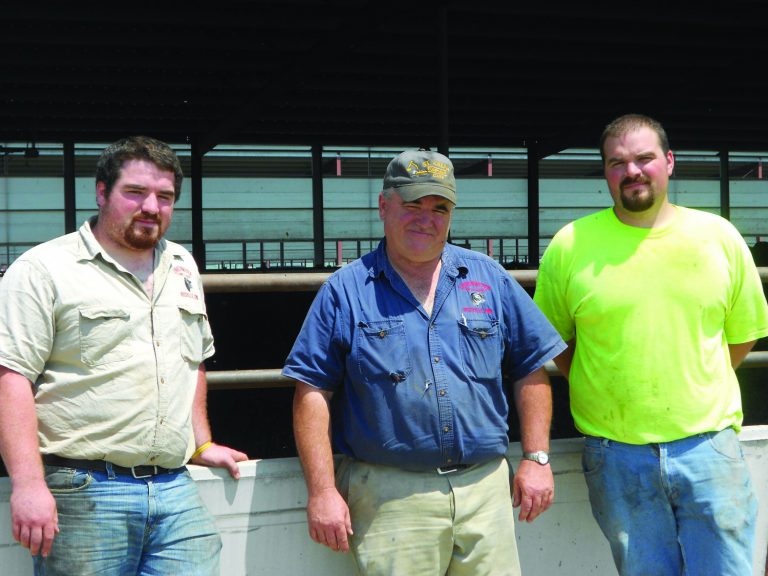
The Future of Feeder Cattle
April 2015
With the growing worldwide demand for beef, more and more producers are making changes to their operations in order to produce at a more efficient rate.
This is certainly true for Trent Linkenmeyer of Linkenmeyer Family Feeders in Riceville, Iowa. Linkenmeyer and his two sons, along with the help of three fulltime hired hands, run an operation of 5,000 feeder cattle and raise 3,300 hogs in addition to growing corn and hay for feed and silage. Linkenmeyer has been making changes in order to increase the efficiency of his operation, and one way he has done this is through the addition of four monoslope barns to house his cattle.
The Linkenmeyers built their first monoslope barn in 2006 and were so pleased with how the cattle adapted that they decided to build three more monoslope barns a few years later.
Before deciding to go to an under-roof cattle housing operation, Linkenmeyer said he had several smaller open lots on different farms. Consolidating the barns to one location on his farm helped increase efficiency, and the distinct monoslope style provided many benefits for his cattle.
“The monoslope barns provide a better environment for the cattle in both the summer and the winter,” he said. “There’s better shade and air movement in the summer, and in the winter we can control the curtains in the back to protect the cattle from snow or wind.”
Typically sloped to the north, revealing an open southern side, monoslope beef barns are attracting interest in the cattle feeding industry because of the positive results producers have been seeing with their cattle.
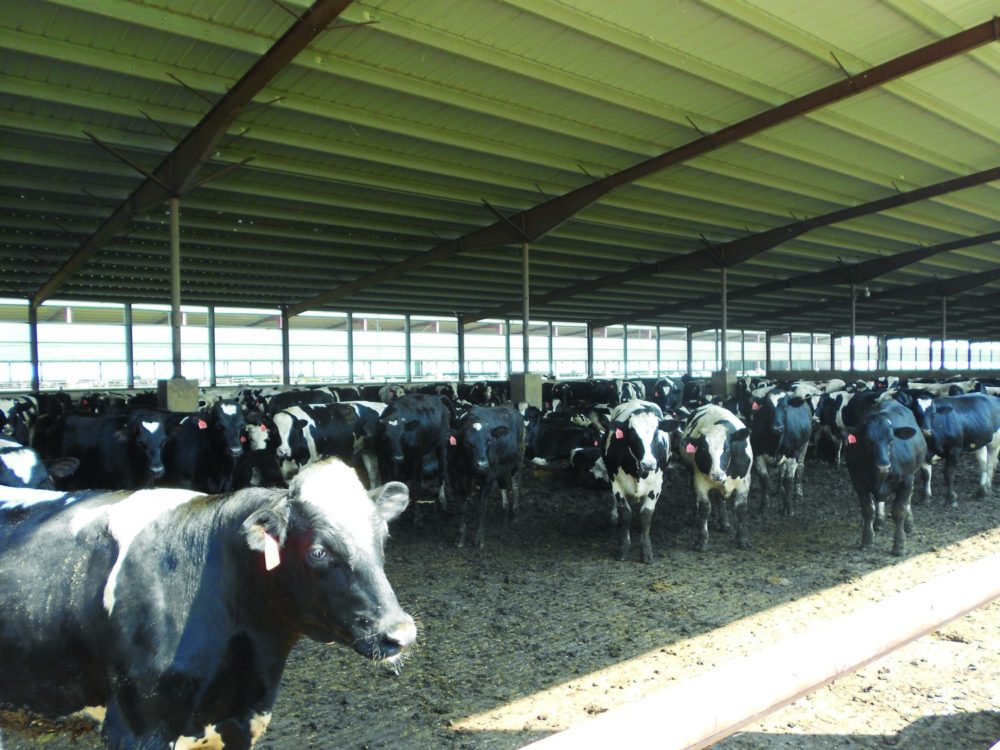
“The barns are better for cattle health,” Linkenmeyer said. “Everything is on cement and we can control the manure a lot better. There’s less run off and better air movement so the air is drier and fresher for the cattle. The bedding is also kept a lot drier because it’s not getting rained on like it would in the open lots.”
Linkenmeyer says the only disadvantage he’s encountered with housing his cattle under-roof has been the capital required to get started.
“The only drawback is that the initial construction costs are quite a bit more than when you run cattle on open lots,” he said. “But we’re happy with the monoslope barns overall. The cattle do better since we have control over the weather, and since we have control over the weather, we have control over the waste.”
The cattle housed in the monoslope beef barns at Linkenmeyer Family Feeders are mainly Holstein and Angus. They typically buy cattle at weights of 500-600 pounds and feed them for five to seven months before taking them to market once they reach about 1400 pounds.
The cattle go to markets throughout the Midwest in Wisconsin, Illinois, Minnesota and Kansas. Even though it may seem like the story is over once the cattle go to market, there’s a lot more going on than meets the eye. In fact, there’s a lot more than meets the wallet at first glance, too.
Everyone knows that cattle produce manure, but instead of letting this go to waste, Linkenmeyer is using it for fertilizer, rebedding for his cattle and even to make electricity. All of this is done by using an anaerobic digester that separates the solid, liquid and gas by-products. You’ve heard of turning straw into gold? Well, Linkenmeyer is turning manure into money.
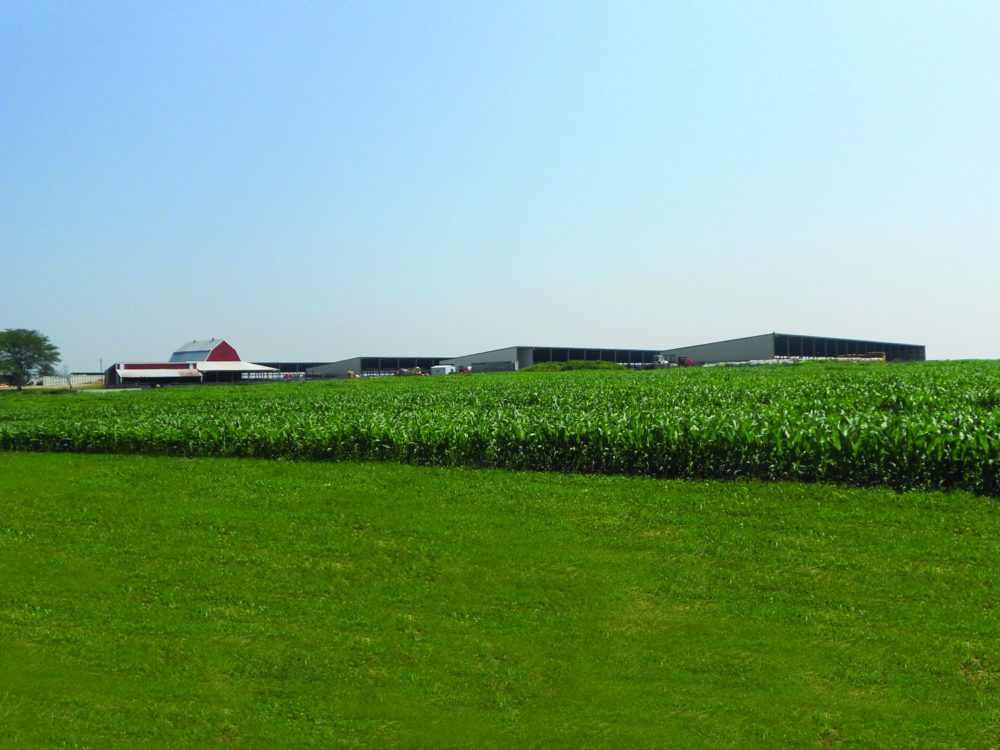
“All the manure is run through a digester,” Linkenmeyer said. “We mix cattle and hog manure together along with food waste from food processing plants, such as grease and protein products. It’s collected in a large underground tank and heated to 100 degrees. Methane is produced, and we burn the methane through a generator and sell it to Dairyland Power in Lacrosse, Wis. The electricity then comes back to our local REC.”
When the manure leaves the digester, it is separated into solids and liquids. The liquid digestate, which is rich in nitrogen, phosphorous and potassium, is used not only as fertilizer on Linkenmeyer’s fields, but is also sold to local produce growers who use it to enrich their garden and greenhouse soil. The solid digestate is then dried until it looks like soil and has lost its its odor, and is then used to rebed the cattle. Linkenmeyer said this sustainable process is an important part of being a good steward of the environment.
“Everybody needs to be aware of the good earth that we all share,” he said. “We should use it and try to pass it on to the next generation in as good of or better shape than we received it.”
In addition to his concern about the environment, Linkenmeyer is also focused on maintaining family values on his operation. “We’re a family operation through and through,” he said. “My wife Janet and I have seven kids. My two sons work with me on the farm day-to-day, and in the fall, my five daughters come and help, too. Everyone pitches in when they can and it helps keep everything running.”
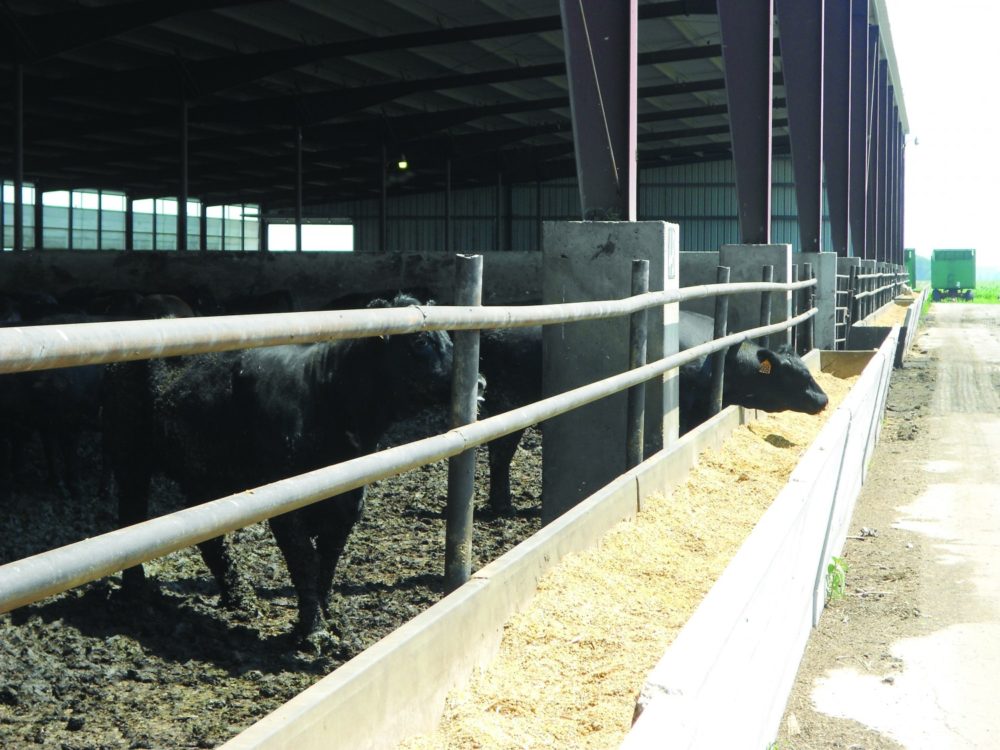
It’s with these family values that Linkenmeyer manages his cattle operation. Linkenmeyer said he saw similar values within Vermeer and that’s what initially attracted him to the company.
“We tried some other products on our farm, but what really stuck out to me about Vermeer relates way back to how Gary Vermeer started out as a farmer,” Linkenmeyer said. “I like that Vermeer is a family-owned and family-run business and that they are so hands on. I think that’s a better way to operate than how some of these big corporations run things. Plus, Vermeer’s equipment stands up, they provide good customer service and they’re located locally in Iowa. All of those added up to why we chose Vermeer.”
This was a factor in Linkenmeyer’s decision to utilize a Vermeer BPX9000 Bale Processor on his operation. “All of the bedding we process goes through the Vermeer processor. We bed at least three times a week on Monday, Wednesday and Friday, and we usually use two bales per pen. The BPX9000 makes bedding cattle a lot easier. It can carry two bales at a time and operation is just a matter of running controls in the tractor,” Linkenmeyer said. In addition, the relationship with his Vermeer dealer is another factor that makes a big difference to Linkenmeyer.
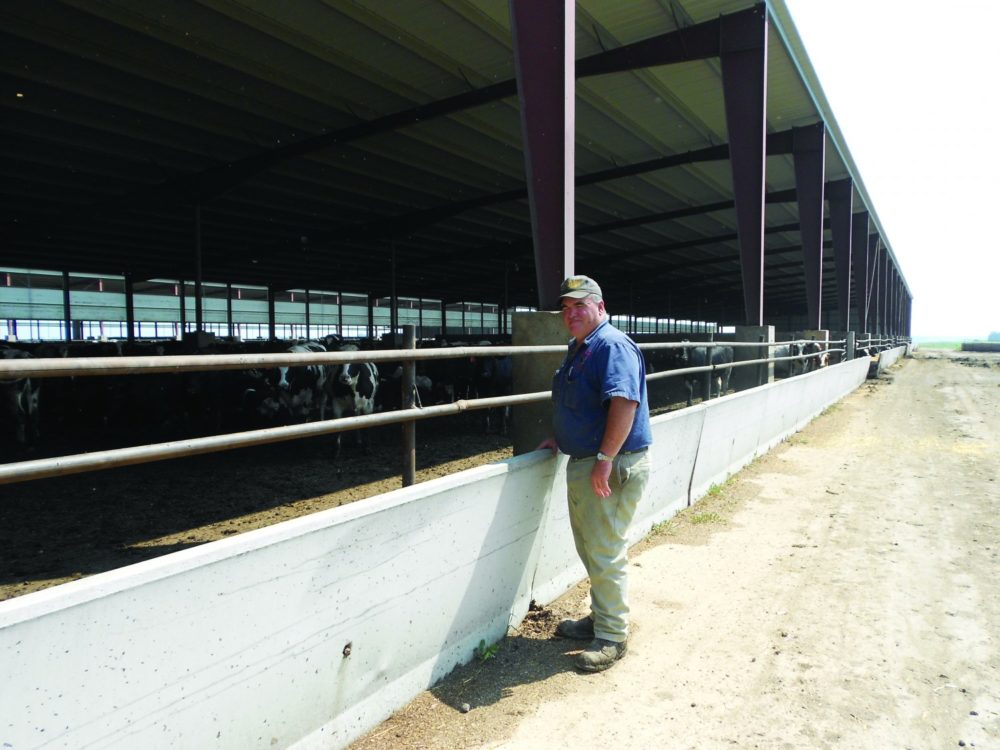
“I’ve known my Vermeer dealer for a long time. He tries hard to give customers the best deal he possibly can when they trade with him,” Linkenmeyer said. “He also tries to give the best service he can, and I appreciate that. He’s like me in the way that he has sons in the business and wants to see them succeed in the family business too.”
When Linkenmeyer takes a moment to look at his farm – which is a family operation through and through – it makes him proud to know he built something positive that he can eventually pass along.
“I started with nothing,” he said. “But I worked hard because I wanted to keep trying to do the right thing for the environment and give opportunities to my children.”
